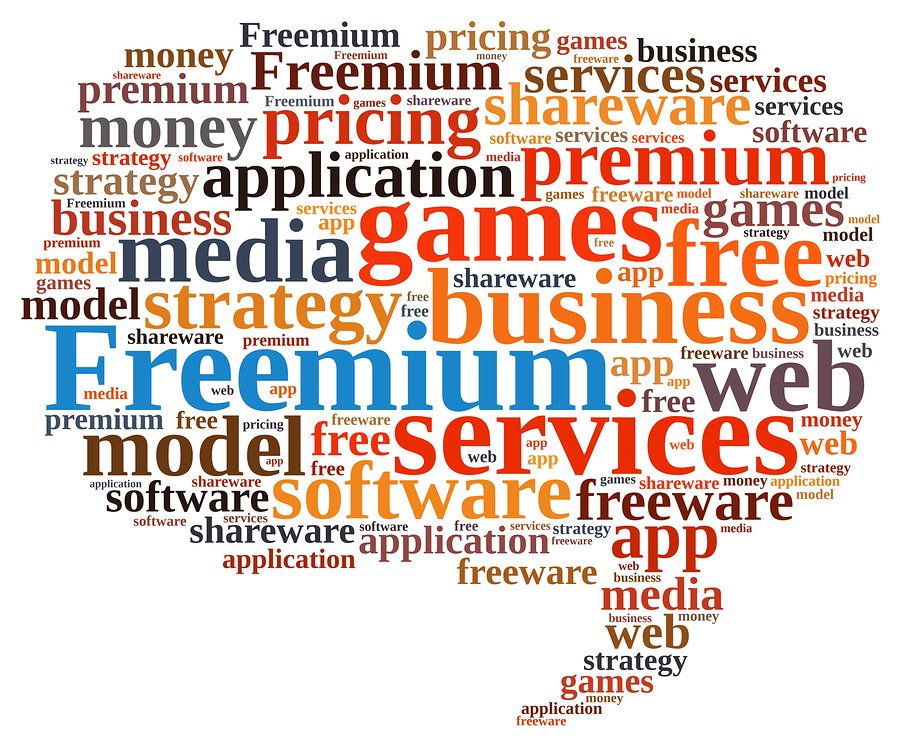
The Freemium Road to Revenue: How to Grow by Giving Away Your Service
Source: Bigstock
In its very beginnings, the Internet was free. And that created the problem of users who expect online stuff to still be free. We are now in an age of slowly educating users that in actuality there ain't no such thing as a free lunch. One way to spread that ethos is with a freemium business model. The Freemium Business Model In a freemium setting, a product or service is available for free, generally without time or usage limits, without a meter, without barriers. However, you...
HELLO!
This premium article is exclusively reserved for Subscription Insider PRO members.
Want access to premium member-only content like this article? Plus, conference discounts and other benefits? We deliver the information you need, for improved decision-making, skills, and subscription business profitability. Check out these membership options!
Learn more about Subscription Insider PRO memberships!
Already a Subscription Insider PRO Member?
Please Log-In Here!








